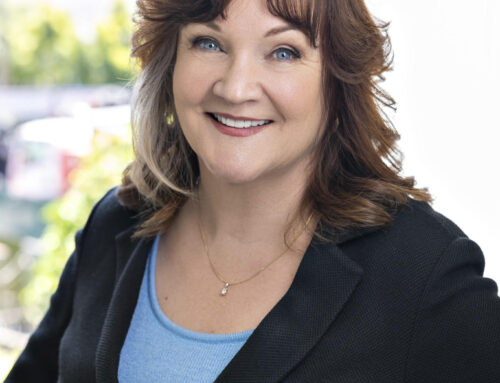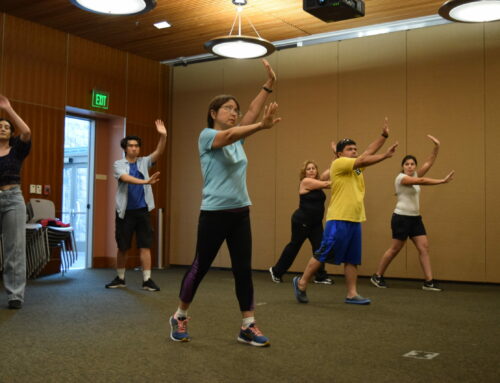Pandemic intensifies need for affordable housing

Coronavirus photo courtesy CDC
By Marty Cheek
Four years ago, Santa Clara County voters approved Measure A, the $950 million affordable housing bond. It provided an opportunity for the county to partner with cities, residents, and the affordable and supportive housing community to address the housing needs of the poorest and most vulnerable residents.
The COVID-19 pandemic has magnified the challenge of helping the homeless beyond what Measure A intended. The bond proceeds would contribute to the creation and/or preservation of about 4,800 affordable housing units. But with the downturn of the economy due to shelter-in-place orders, as many as 10 times the households Measure A’s ability to help now face the potential of eviction, said Jan Bernstein Chargin, a founder of the Compassion Center in Gilroy. She also is the chair of the board of the PitStop Outreach nonprofit recently started in Gilroy to help the homeless find housing and other resources.
“The frightening thing is we’ve had an eviction moratorium on for renters,” she said. “As soon as that goes, we estimate there are 43,000 households in this county that could be at risk. The scale of that would be a disaster if everyone were evicted at once.”
The pandemic has already disrupted the livelihoods of thousands of people in the county who now find themselves and their families on the street. But the upcoming evictions will no doubt overwhelm the resources set up in Silicon Valley to help the homeless. These include many in the vulnerable populations including veterans, seniors, the disabled, and low and moderate-income individuals or families, foster youth, victims of abuse, the homeless and individuals suffering from mental health or substance abuse illnesses.
Housing is the No. 1 challenge that must be resolved to truly start to address the homeless crisis in Santa Clara County, said Bernstein Chargin.
“Housing is the main thing people who are homeless want,” she said. “I was out distributing meals the other day and that’s what two people asked. How do we find a place to live? That’s really what people want. The bottom-line is housing.”
 Society knows how to help homeless men, women and children. The challenge is getting all the resources to the same person at the same time with housing, Bernstein Chargin said. Many people now find themselves living in tent encampments or in recreational vehicles trying to live day to day. Not having a permanent home prevents them from fully utilizing the resources that can help them get their lives back to normal.
Society knows how to help homeless men, women and children. The challenge is getting all the resources to the same person at the same time with housing, Bernstein Chargin said. Many people now find themselves living in tent encampments or in recreational vehicles trying to live day to day. Not having a permanent home prevents them from fully utilizing the resources that can help them get their lives back to normal.
“If you don’t have a place to live, you’re still in a crisis,” she said. “It’s hard to be able to address any other issues that you’re having if you don’t have a place to rest,” she said. “You need to know you’re allowed to be there, to know you’re safe, to have a place to store your stuff, to be able to sleep and know you’re secure.”
For the majority of people who find themselves on the street, it wasn’t one thing that got them there. It was a combination of a sequence of events. A cascade of tragic events such as a major illness or the loss of a job can have a domino effect that causes an individual or family to lose their home.
“You talk to anybody out there and if you take the time to listen, there’s a story,” Bernstein Chargin said. “And it’s easier to stand back if you haven’t had this situation happen to you and judge. But nobody actually knows how they would respond in a similar circumstance unless it happens to you.”
The biggest barrier is not money but getting a community to support projects to provide supportive housing to the homeless, she said.
“Once sources of funding to construct low-income housing were obtained, we found out the hardest thing was getting permission,” she said. “Even if you have the money, you’re going to have a problem getting the local community’s buy-in. Everybody loves the idea (of supportive housing) in theory. What happens though is when you go and pick a specific place, everybody is going to say it’s a great idea but not here. That’s the biggest barrier — the stigma and the fear.”
Besides those now homeless, an increasing number of people in Santa Clara County face the potential of losing their homes, she said.
“There are a lot more people now at risk of homelessness. They are what we call housing insecure,” she said. “They’re paying every penny that goes into their households to housing expenses. One tragedy can leave them homeless. It all depends how close they are living on the edge.”
The county is planning now to conduct a homeless survey in 2021, a federal government-mandated event done every two years. Organizers expect the numbers to be dramatically increased from previous years because of the pandemic’s impact on the economy.
Santa Clara County’s 2019 homeless survey (done in January of that year) showed a significant jump in homelessness in every city across the county, except Campbell, Gilroy and Morgan Hill. It showed a significant increase in the number of people living in RVs and other vehicles.
According to the 2019 survey, 18 percent of unhoused individuals countywide live in RVs, cars and vans — about 3,655 people. That’s a 146 percent increase since 2015. The number of people living in vehicles nearly tripled in two years.







